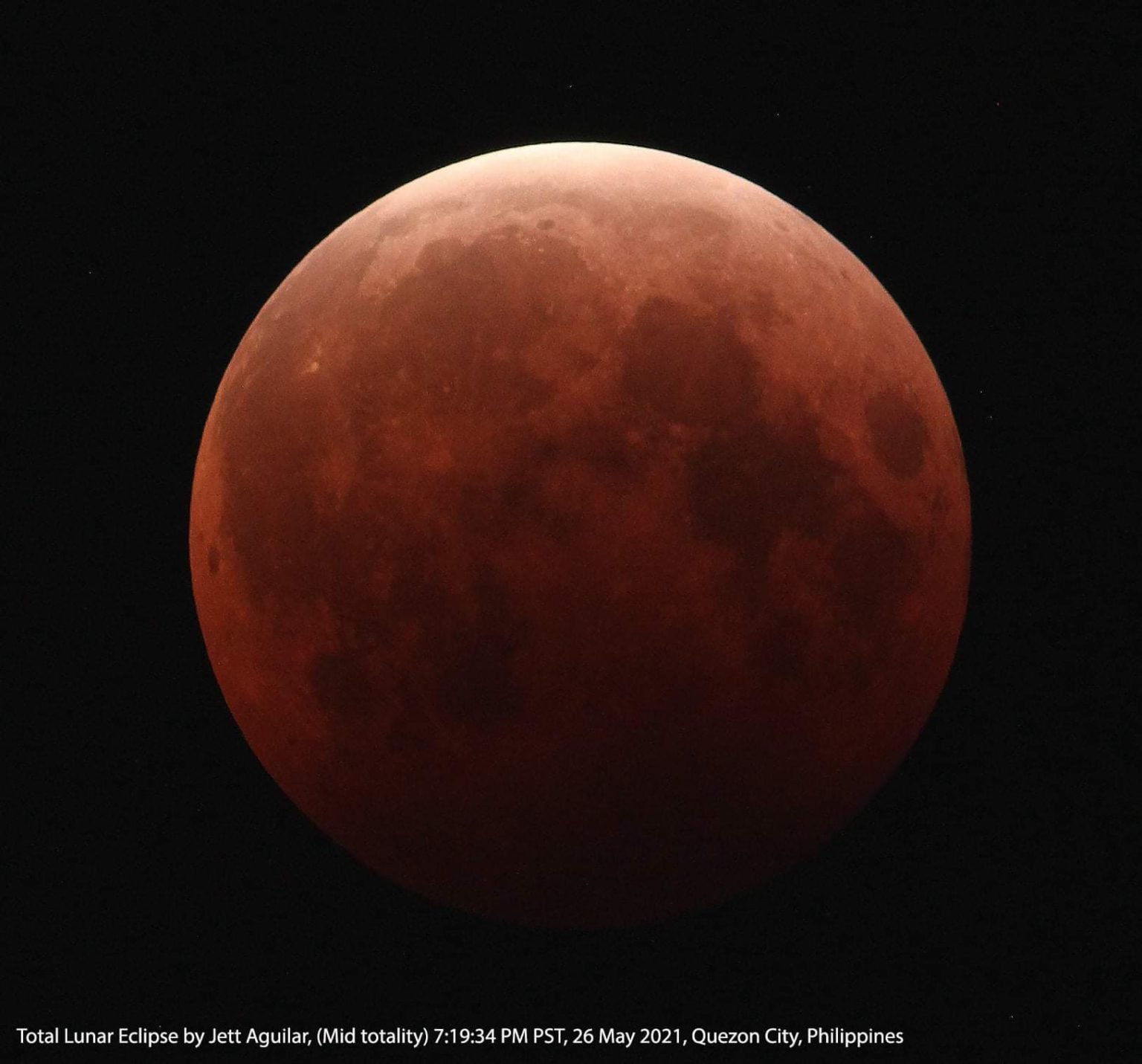
This lunar eclipse is related to two total solar eclipses of Solar Saros 133. Last penumbral lunar eclipse: 19 August 2472Ī lunar eclipse will be preceded and followed by solar eclipses by 9 years and 5.5 days (a half saros). Last total lunar eclipse: 9 November 2003 Last central lunar eclipse: 26 September 1931 Greatest eclipse of the lunar saros 126: 13 August 1859, lasting 106 minutes. Solar Saros 133 interleaves with this lunar saros with an event occurring every 9 years 5 days alternating between each saros series.įirst penumbral lunar eclipse: 18 July 1228įirst partial lunar eclipse: 24 March 1625įirst central lunar eclipse: 11 July 1805
#2021 lunar eclipse series
Lunar saros series 126, repeating every 18 years and 11 days, has a total of 70 lunar eclipse events including 14 total lunar eclipses. This series produces 20 total eclipses between Apand August 11, 2185, only being partial on November 19, 2021. Sequential events have incremental Saros cycle indices. The tritos series repeats 31 days short of 11 years at alternating nodes. Lunar year series Lunar eclipse series sets from 2020–2023 There was little or no visibility for most of Africa, eastern Europe, and western or southern parts of Asia, including the Middle East and much of the Indian subcontinent. At places in extreme northern latitudes and areas in northern and eastern Russia, such as Kamchatka, the Moon was already visible by the time the eclipse began on Friday (and the eclipse ended just near Saturday midnight).

In the Eastern Hemisphere, as the partially-eclipsed Moon began to rise at dusk, the eclipse became visible across the Pacific Ocean, Australia, and much of Asia. This month brings the most super of the year’s supermoons, and on top of that, a total lunar eclipse. The entirety of the eclipse, from one side of the Earth's shadow to the other, occurred with the Moon visible above the horizon in nearly all of North America.

#2021 lunar eclipse full
This Full Moon was known by early Native American tribes as the Flower Moon because this was the time of year when spring flowers appeared in abundance. The fullest extent of the lunar eclipse was visible over North and South America after midnight on Friday, with the event beginning in the latest hours of Thursday night over parts of Alaska and Hawaii. The Moon will be located on Earth’s opposite side from the Sun and fully illuminated May 26, 2021, at 6:13 a.m. In northern and western Europe and the westernmost parts of Africa, the first phase of the eclipse was visible, as the Moon set below the horizon on the morning of Friday, 19 November 2021. This lunar eclipse was the second of an almost tetrad, the others being (T), (T) and (T). It was often referred to as a "Beaver Blood Moon" although not technically fulfilling the criteria for a true blood moon (totality). This was the longest partial lunar eclipse since 18 February 1440, and the longest until 8 February, 2669 however, many eclipses, including the November 2022 lunar eclipse, have a longer period of umbral contact at next to 3 hours 40 minutes. The eclipse occurred towards a micromoon. A partial lunar eclipse occurred on 19 November 2021.


 0 kommentar(er)
0 kommentar(er)
